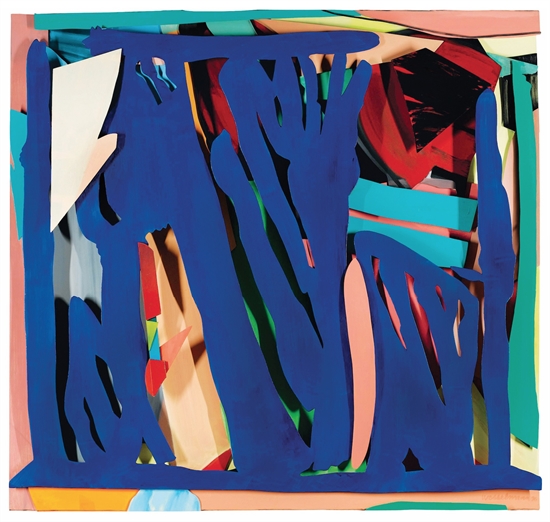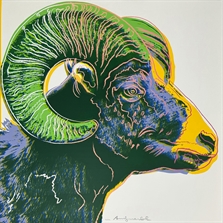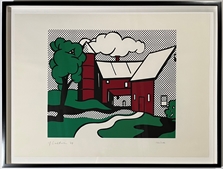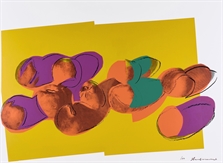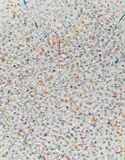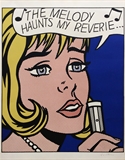About This Lot
Tom Wesselmann’s 1980s piecing together of remains from his aluminum figure cutouts, which inspired this 1996 lot, returned his compositional path to 1959, the birth of his abstract eroticism. At this early stage, he was focused on blending nudes with collages of interiors and objects connected to Willem de Kooning, a process of merging subject areas that he accomplishes in Blue. Surrounding the flesh tones and oil painted surfaces of women with pieces of various portrait environments, he places the sensuality of his Great American Nudes series roots within the broader framework of “Eros Presumptive”, a discourse that feminist critic Lucy Lippard engrained in readings of Wesselmann beginning in 1967. Arguing that splitting and reworking corporeal forms into fields of multifaceted surreality was enhancing the titillations of Pop Art, she underscored pictorial tools essential to Wesselmann three decades later. Nourishing her expression of a unified “geometric” and “organic”, intrinsic to his aluminum structures, were likely modes of thought defined in early Cubism. Jean Metzinger during 1912 stressed in Du Cubisme the importance of fusing objects, akin to Wesselmann’s method, by configurating précellences chromatiques, or pre-selected chromatics. Like an expanded view on the body and its surroundings, Blue correspondingly amalgamates.
While discussing artists including Wesselmann who abstracted the erotic, Lippard mentions the importance of their rejecting neo-platonic rigor. However, Blue crucially incorporates an alternate take on previous Plato updates. During the later phases of the Renaissance, Mannerists including Primaticcio and Parmigianino involved neo-platonism in their shapes with curves close to Wesselmann’s. Building from the words of Benedetto Varchi and Agnolo Firenzuola, their paintings abstractly linking madonnas to elements such as architectural columns, like the bond here between figure outline and aquamarine action stroke, emphasized notions of grace and beauty. Similarly elongating the human form and joining it with an emblem of his nation as iconic as Roman architecture was for Parmigianino in collo lungo, the Abstract Expressionist line, Wesselmann in this composition reinforces the energy of his Nudes.
Still Lippard’s examining of Art Nouveau as significant in contextualizing the sensual Pop cross between Eros and Thanatos proves equally relevant to Wesselmann’s vigor and romance. Czech Alphonse Mucha, for example, in the late 1800s situated his female performance characters within abstract landscapes of ambiguous nature and chroma as both diffuse and primary as Wesselmann’s in order to establish their poetic traits. The Seasons in 1896 even melded women with soft, surreal geometries tied to progressions of mortality. The positioning of bodily passages in Blue amidst in Wesselmann’s words an “infinite variety of abstract possibilities” strikes a related impression. Opening a world of Freudian fantasies in compounding feminine circumscription with Cubist freedom on his own terms, Wesselmann isolates artistry in sexuality through the lens as Lippard may have analyzed of the “Body Ego”. As Great American skin becomes a drive for his sensory stimulation of an historical canon, he in three dimensions mimics the erotic systems of the mind.
Please be advised that due to recent global concerns, there may be fulfillment delays during the post-sale process.



